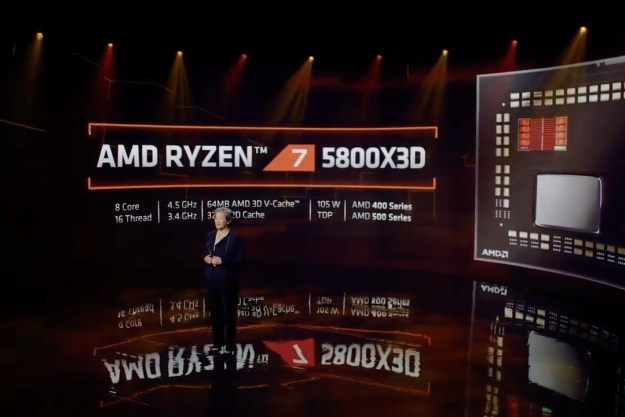Human waste is rarely as interesting — or as versatile — as it is in space. Earlier this year, we covered a NASA-funded research project which aims to turn astronaut excrement into an edible paste that is high in both protein and fat. Now, researchers from the University of Calgary have developed a way to use space poop as a crucial ingredient for 3D printing in the stars. The process could theoretically provide astronauts with an abundant source of material for making whatever plastic tools they need during their voyage. This could include possible future missions to Mars.
The University of Calgary’s pioneering technique involves the use of genetically engineered Escherichia coli bacteria to convert feces into a type of plastic known as polyhydroxybutyrate. The process starts with the waste being left for several days to increase its levels of volatile fatty acids (VFAs). A centrifugal and filtration process then extracts the VFAs from the waste solids, before the substance is moved into another fermentation tank containing the genetically engineered E.coli. With the use of a Selective Laser Sintering (SLS) 3D printer, it’s then possible to utilize the resulting plasting to print objects. Leftover solid waste products can reportedly be used to create radiation shields. We guess you should probably wash your hands once it’s done, though!
Going forward, the plan is for two of the students working on the project to test the plastic-making process in low gravity on Canda’s Falcon 20 aircraft in July. Since microgravity can only be simulated for a few minutes at a time, the experiment will only aim to extract nanosized plastic granules from the bacteria — rather than aiming to carry out the whole polyhydroxybutyrate extraction and 3D-printing process.
The team is also hoping to learn how to make different types of plastic. This will hopefully include different materials with varying strengths and flexibility levels, which could be used for a variety of space applications.
A paper describing the work, titled “Astroplastic: A start-to-finish process for polyhydroxybutyrate production from solid human waste using genetically engineered bacteria to address the challenges for future manned Mars missions,” is available to read online.
Editors' Recommendations
- Nvidia turns simple text prompts into game-ready 3D models
- 3D printed cheesecake? Inside the culinary quest to make a Star Trek food replicator
- AMD is bringing 3D V-Cache back to Ryzen 7000 — but there’s a twist
- AMD Ryzen 7 5800X3D beats predecessor, but AMD promised more
- AMD’s revolutionary 3D V-Cache chip could launch very soon


